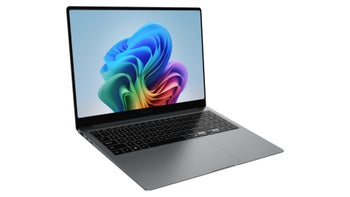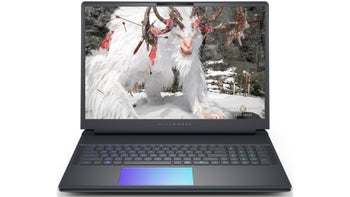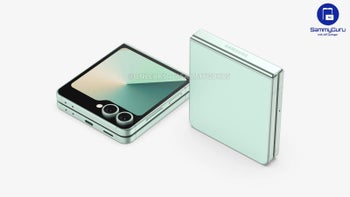The Xperia Z2 has liquid heat-pipe cooling technology

A DigiTimes report revealed that Sonyis the second smartphone vendor to adopt liquid heat-pipe coolingtechnology for its products, namely the Xperia Z2. The first companyto move on from the mainstream graphite carbon fiber solution usedfor heat dissipation was Japan's NEC, with its MediaS X06E Snapdragon600-powered smartphone. Around that time, Samsungand Lenovo were also looking up the technology together with Taiwan-basedthermal module makers. While specialized heat pipes for smartphones arealready available for mass production, the two technological giantsdecided against adopting them for the time being.
Compared to PC and laptop heat-pipes,which range from 0.003 inches (0.8mm) to 0.08 inches (2mm) indiameter, smartphone pipes measure only 0.02 inches (0.6mm).They are said to have better heat-dissipation effects than graphitecarbon fiber sheets. Although cooling technology doesn't seem to be anobstacle for device performance right now, heat pipes could becomecommon in next year's flagship models. It goes without saying that, as chipsets and basebands grow increasingly powerful, they will be emitting larger amounts of heat.
The Sony Xperia Z2 was delayed until June in Hong Kong and other markets. Meanwhile, it is speculated that Verizon will launch the smartphone in the US as an exclusive in the second half of 2014. Over at the UK, it seems the new Xperia flagship won't be coming in May, as previously reported. Allegedly, it's not the heat-pipes, but a shortage of specific parts that contributed to the postponement. The smartphone was revealed at this year's MWC in Barcelona, and was supposed to arrive on time to spar with Samsung and HTC's new contenders.
Update: Ironically enough, it's possible that overheating and build problems with the Xperia Z2 have contributed to its delayed release in broader markets. Users in Singapore, where the smartphone has been selling for about a week, reported that the Z2 is overheating while recording 4K-video, to an extent where the camera app gets shut down. In addition, owners have found a small gap between the phone's display and body, which could compromise the phone's waterproofing. Both issues are being investigated by Sony at the moment.
Meanwhile, here's more about how eachcooling method works. This information is brought to you by Panasonicand CoolerMaster.
Carbon fiber sheets:
This sheet is only several 10 μm thick. It looks like a single sheet, but actually consists of several tens of thousands of layers of highly conductive carbon crystal membranes. The carbon in each membrane is closely bonded with each other in a plane. The membranes convert heat into vibration energy and very quickly diffuse it.
As a result, when a carbon crystal membrane is heated, it diffuses the heat very quickly. Therefore, a graphite sheet made of carbon crystal membranes thoroughly diffuses and radiates heat even if its thickness is several 10 μm.
Heat-pipe cooling:
The reduced molecular density forces the vaporized coolant upwards, where it is exposed to the cold end of the Heat pipe. The coolant then condenses back into a liquid state, releasing the latent heat. Since the rate of condensation increases with increased delta temperatures between the vapor and Heat pipe surface, the gaseous coolant automatically streams towards the coldest spot within the Heat pipe.
As the coolant condenses, and its molecular density increases once more, gravitational forces pull the coolant towards the lower end of the Heat pipe. To aid this coolant cycle, improve its performance, and make it less dependant on the orientation of the Heat pipe towards earth gravitational center, modern Heatpipes feature inner walls with a fine, capillary structure. The capillary surfaces within the Heatpipe break the coolants surface tension, distributing it evenly throughout the structure.
As soon as coolant evaporates on one end, the coolants surface tension automatically pulls in fresh coolant from the surrounding area. As a result of the self organizing streams of the coolant in both phases, heat is actively convecting through Heat pipes throughout the entire coolant cycle, at a rate unmatched by solid Heat spreaders and Heat sinks.
References: "TheWonder of Smartphones That Do Not Become Hot" andCoolerMaster'sODM website
source: DigiTimes, Xperia Blog













Things that are NOT allowed: